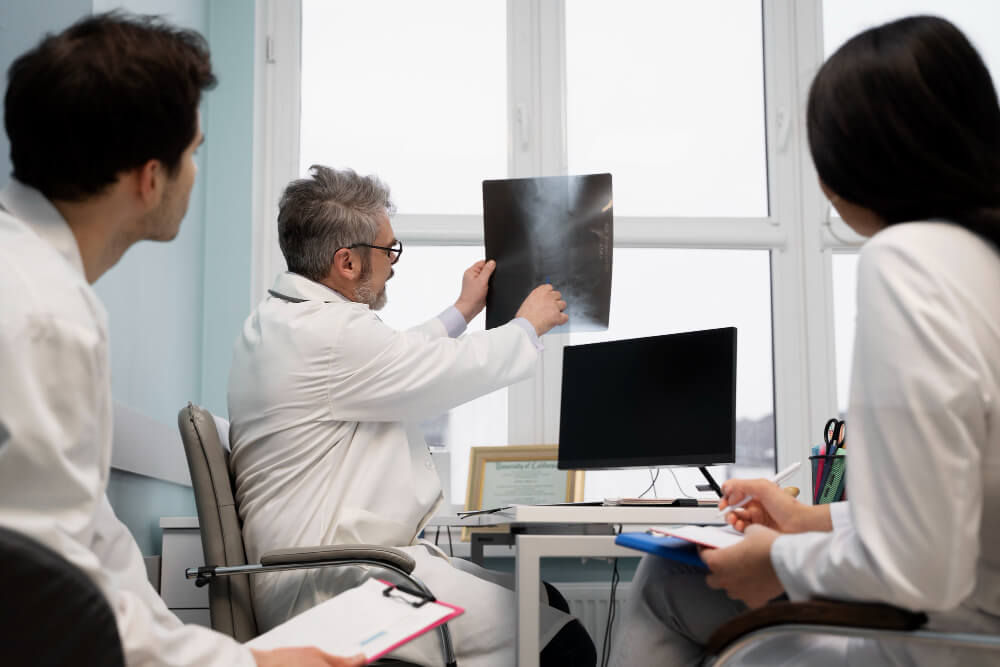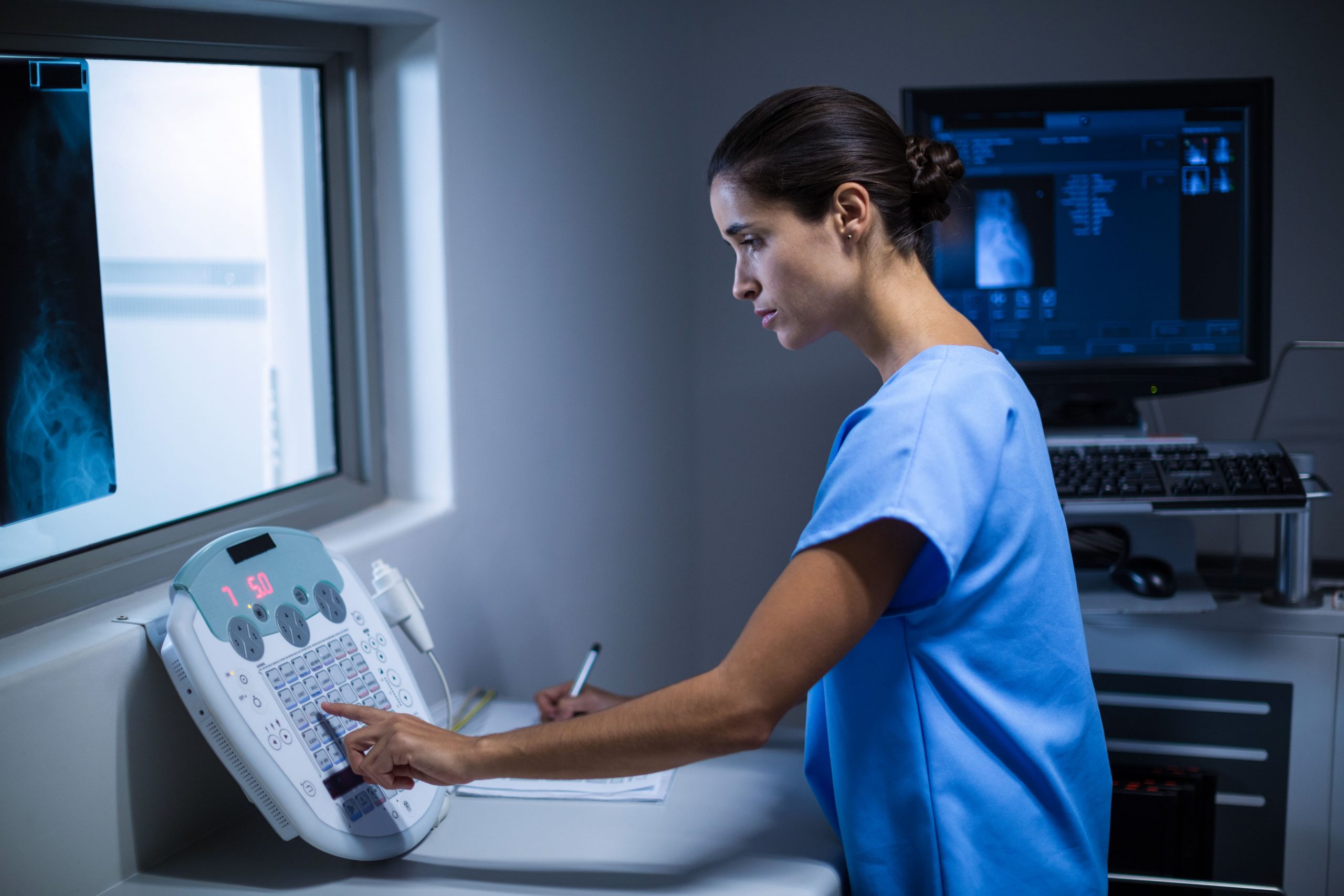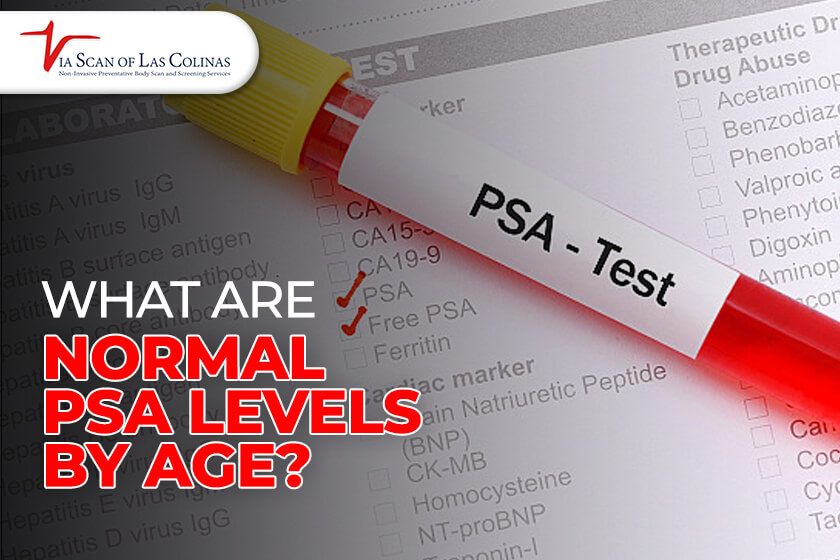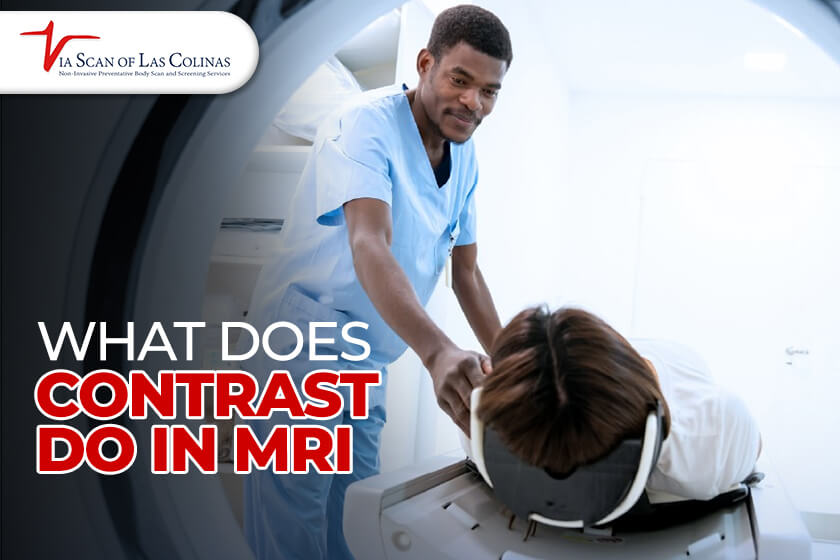You have heard your doctor say that you require a CT scan, and suddenly, your mind is jamming. Just what is this scratch test? What is the purpose of it? And most importantly, what is the most frequently occurring cause that would make the doctor order such a type of scan?
CT scans may be something that one can easily think of as terrifying; however, when creating this impression, one is referring to one of the most useful tools available to doctors today. Imagine them to be something like the super-powered cameras that can look inside your body, and they do not even need to cut you open. We’re going to dive in and look at everything you want to know about these amazing medical images!
What is a CT scan? Why Is It so Common?
Computed Tomography, or just CT. Imagine it as a special X-ray, but with multiple pictures taken from various angles. Consider, for example, that you would like to find out what is inside a gift that has been wrapped in paper but has not been opened yet. An X-ray is akin to shining a flashlight at a specific angle – you can still see some shadows, but the entire image will not be visible. A CT scan is the equivalent of dozens of flashlights being shone in all directions, allowing a person to see inside and out of everything.
Why Are CT Scans So Popular?
They’re Fast
The average procedure on most CT scans requires only 10-30 minutes. It’s not as much time as you’d need to watch your favourite TV show!
They’re Detailed
CT scans can detect what is not visible even in regular X-rays. They are able to see the problems hiding behind the bones, or in other places which are not easily visible.
They do not hurt
CT scans do not cause any harm, unlike some medical tests. All you need to do is lie on a table and let the machine do its job.
They Assist Doctors to Make Rush Decisions
A CT scan can give doctors a quick insight into what is wrong with the patient, especially when such a patient visits the emergency room with critical symptoms.
What Is the Most Common Reason to Get a CT Scan?
To examine problems in the abdomen is reason number one which convinces doctors to order CT scan products. This involves exploring organs such as your liver, kidneys, pancreas and intestines. There is a 30% chance that CT scans will be used to examine these vital body parts.
What is the reason behind the prevalence of belly scanning? Your abdomen would be like a busy neighbourhood where many important organs are packed together. When your belly hurts, you cannot be too sure which part of the vicinity is causing it without giving it a closer scrutiny.
Why Does a Doctor Order a CT Scan?
Although belly scans are most popular, there are many other reasons, as your doctor wants to have a little gadget inside your body:
Brain Scans and Head Scans
These are overly common, as well! The brain CT scans are ordered by a doctor when individuals experience the following:
- Unrelenting bad headache
- Light-headedness or dizziness, Dizziness or balance problems
- Memory issues
- Accident or fall, head injury
Chest Scans
The place that houses your heart and lungs is your chest. Physicians may request a chest CT scan as a measure to check:
- Breathing problems
- Chest pain
- Non-productive coughing
- Lung infections
The screening for cancer
CT scans are scavengers in the hunt for cancer cells. They use the ability to assist doctors:
- Identify the tumours that may be hiding
- Check whether the therapy against cancer is effective
- Ensure whether it has spread to other parts of the body due to cancer.
Taking a glance at Injuries
CT scans can be used to quickly demonstrate when you are involved in an accident or if you hurt yourself:
- Broken bones
- Internal bleeding
- Organs destruction
- Blood vessel issues
Wellness and Prevention
The number of people undergoing CT scans, even when they do not feel unwell, is increasing. These wellness scans can identify problems early enough to prevent them from becoming severe.
What Do I Need to Do to Prepare for My CT Scan?
Preparation of a “CT scan” is generally quite simple! This is what you must know:
Check Your Rules of Eating
In some CT scans, you will need to avoid eating for several hours prior to the scan. Your physician will inform you about the necessary steps, such as fasting before a blood test – not an exciting prospect, but not difficult, either.
Take plenty of water.
Drink plenty of water, unless your doctor advises otherwise. This helps the kidneys function more efficiently and, in some cases, makes the scan clearer.
The Day of Your Scans
Do not Wear Tight Clothes
Opt for clothes that lack metallic zips, buttons, and undergarments. Metal appears in CT pictures and may prevent the view. Plump into pyjamas or sweatpants!
Take out Metals
Remove jewellery, watches, and all other pieces of metal. Even minor items such as bobby pins will influence the pictures.
Carry Your Medical Data
Carry a list of your medications and scan results from the past. It would be comparable to a person showing up to school with their homework, a positive way of helping others complete their work more efficiently.
Contrast Dye
In some cases, doctors may want to apply a special type of dye to enhance the appearance of a specific portion of your body in the scan. And don’t worry – it is normal.
Drinking Contrast
Before you have a scan, you may be required to take a chalky drink. It doesn’t have a particularly good taste, but neither is it particularly bad. Just imagine it’s a strange kind of milkshake that helps your doctor see better.
IV Contrast
In other cases, they will inject the dye into your arm using a small needle. You may experience a warm feeling or a strange taste in your mouth for several minutes. There is nothing wrong with this!
Is the CT Safe? What Risks are involved?
This is likely the question that causes the greatest concern for most people, and it is entirely normal to feel anxious about it. What is the situation? “CT scans” are quite safe. Each year, millions of people acquire them without difficulties. There are virtually always more pros than minor cons associated with learning about the medical problems ailing your body.
Radiation
When you are flying, you will be exposed to a small amount of space radiation. When you undergo a CT scan, you receive approximately the same amount of radiation as travelling across the country a couple of times by plane.
Your Body can deal with it.
Natural sources of radiation, such as the sun and other rocks, expose your body to a small amount of radiation each day. CT scans only do a few more in the short run.
The Risk Is Very Minor
The risk of acquiring cancer as a result of a single CT scan is too minimal, almost equal to your risk of being mesmerised by lightning.
What do the Results Mean?
You should not find it puzzling to interpret your CT scan findings nearly 100% of the time. This could be what could befall it:
Normal Results
When analysis reveals that everything appears to be normal, your doctor will inform you that the scan will not reveal anything. That is good news!
Abnormal Results
In the case that something abnormal is detected in the scan, do not freak out! Not everything labelled as abnormal is inherently bad. It simply may imply:
- It is just a small infection that can be cured easily
- It is something which must be monitored over time
- You will require another test to have a better picture
Follow-Up Tests
Your doctor may occasionally need to conduct additional tests to gather more information. This resembles taking a second opinion – it is used to ensure that they get the full picture.
Choose Our Preventive Heart Scan
Early Detection Saves Lives!
-
- Accurate
- Quick Result
- Affordable

Conclusion
Whether you are considering a wellness CT scan or your physician has prescribed it, ViaScan is ready to make the process as easy and informative as possible. We understand that undergoing any medical test can be intimidating, but it doesn’t have to be. Whether you are undergoing a scan at your doctor’s request, we will guide you through all the procedures. We are eager to address all your inquiries and clarify everything in simple, easy-to-understand language.












